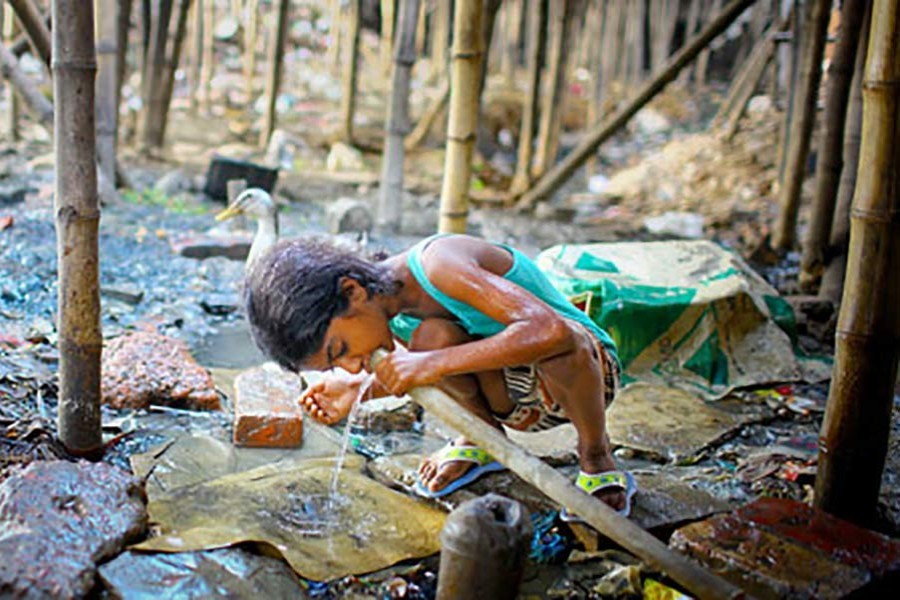The World Bank in its last projection painted a gloomier global poverty picture than it did in its earlier August report. The report fears, globally, the Covid-19 pandemic might cause between 88 million and 115 million new extreme poor to join the existing multitude. Here the extreme poor are those who earn below USD 1.90 a day. This revised poverty projection adds 15 million more to the estimated number of extreme poor shown earlier.
Evidently, new facts are emerging about how deeply the economic disruptions due to the pandemic control measures have affected the livelihoods in the economies across the world. The global lender's latest report further projects that in 2021 the number of the world's extreme poor may reach as high as 150 million, depending on the severity of the pandemic-induced economic contraction taking place in the countries concerned.
However, we are yet to know our own share of these fresh millions to join the ranks of the new global extreme poor.
It goes without saying that the poorer a region or a country, the more it is susceptible to the risk of getting its economically vulnerable groups sucked into the maw of extreme poverty.
The WB report detailed region by region projection of poverty from Sub-Saharan Africa, to East Asia to some South American economies. But the report could not say anything concrete about the evolving South Asian poverty situation as, according to it, relevant data were not forthcoming.
However, in its twice-a-year regional update, the global lender notes that the South Asia's regional growth may see a contraction of 7.7 per cent. So, this region is going to experience its worst recession as the pandemic's devastating impacts linger. As the report goes, it is again the members of the most economically vulnerable group, the informal sector workers, who risk falling into the category of the extreme poor. And with the second wave of the pandemic imminent, the governments will be required to mobilise adequate public funds to meet the challenge of saving the lives and livelihoods of the millions of new extreme poor.
Bangladesh's Gross Domestic Product (GDP), according to another WB report, would experience a rather low growth at 1.6 per cent in the current fiscal and this trend will continue for some time until the economy begins to pick up slowly. The finance minister, however, has not accepted this projection but stuck to the government's previous estimate of a higher GDP growth.
The government has the right to accept or reject any assessment or forecast about the economy by an external organisation.
Of course, one would like to believe that our economy has the resilience to defy the pandemic's impact. Even so, it would be decent to at least give the observer a listen. And that is more so, when the observer is our close development partner and has been deeply involved in the country's development activities since long.
Be that as it may, the most urgent concern of the moment is to brace ourselves for the pandemic's second wave.
The government will be required to mobilise its resources to arrest any downslide towards further pauperisation of the less protected groups in society.
The commendable example set by the government in this regard during the first wave deserves to be replicated. Measures like social safety net schemes, direct cash transfers, relief and so on for the underprivileged groups have to be further extended.
This time the second wave of the pandemic must not be able to catch us off guard. And alongside our own effort, the government will also have to tap into international financial and other resources to get over the imminent crisis. And to access international aid, it would be necessary to present before the global aid groups and development partners a correct picture of the economy. Otherwise, that precious aid money or support funds would be channelled to meet emergencies in other parts of the world.


